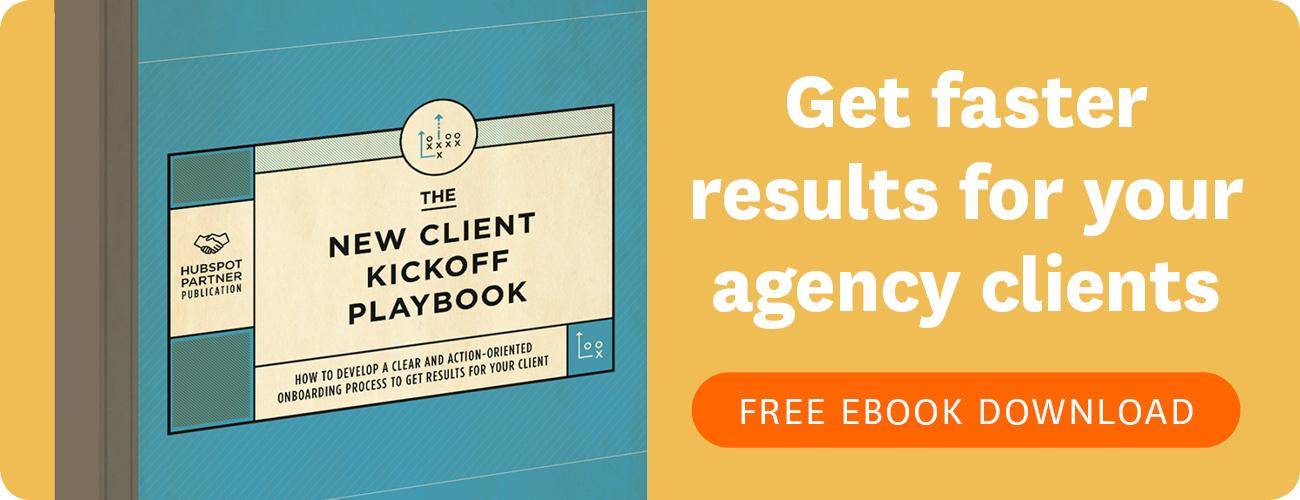
I originally had the word ‘pricing’ in the title of this blog post instead of value. Then I decided that it was sending the wrong message. After all, pricing of your services is not just about cost, but is a number that represents the real value of the solution you provide your clients.
Therefore, your focus needs to be on communicating value, not price. This gives you an opportunity to influence your client’s perception of the value of your services, and should also allow you to discuss the actual financials of your pricing with transparency and confidence.
Start by understanding what value you offer your clients and then use the following tips to make communicating your value a natural part of your onboarding process.
Value is in the eye of the beholder
First, you need to be clear about what you’re offering, and the solution you deliver to your clients. As you get to know your clients through your onboarding process, you will come to understand what makes your services valuable to them. This could include specific results, cost effectiveness, time efficiency or the service they experience.
As a copywriter, I have many clients who are focused solely on achieving better search engine results on their website through optimised web copy, others want more people to click ‘buy’ on their sales page, or others simply just want to better communicate their personality through their written marketing material. In each of these cases, the clients all receive a page of writing that essentially costs the same as the other, however the value that it delivers each client is completely different.
Provide a clear scope
Your clients want to know what they are paying for - not just the end result but also the processes and actions that take place to get there.
From your onboarding meeting, you should be able to establish a detailed scope. By detailed I don’t mean packed with every detail of the project - that will just overwhelm your client with unnecessary information. (On the other hand, if you have a tendency to set your projects up based on a brief email agreement then it might be time to re-evaluate your process.)
A detailed scope should clearly demonstrate the details of how you will achieve the results that are important to your client - does this include competitor research, keyword analysis, buyer persona research etc? Remember, you should now have a good idea of what your client’s perceptions of value are - both as an organisation and as an individual. Focus on these points when presenting your scope without getting too high level and losing them with the technical talk.
Use words that your client will understand as ‘value’-ful
Concentrate on the outcomes, not rates and hours. Demonstrate that your services are an investment, not just an expense. Technical language and industry jargon might make you sound like you know what you’re talking about, but isn’t going to help your client achieve a good understanding of what they are getting for their buck.
Validate your expertise

You need to show you’re the right agency for the job, but don’t make it all about you. This isn’t an opportunity to point out your shelf of industry awards, but rather to show examples of previous results you’ve achieved for similar clients. Present real examples with tangible results for your client to see.
Remember, your clients are sussing out whether they can trust you with their investment or not. If they see they’re in good company by being a client of yours, they likely won’t question your fees.
Demonstrate value-adds
Bear in mind that your pricing doesn’t just have to reflect the hours you spend on your creative services. The aim is to show that the overall experience of engaging your agency’s services is worth paying for. Think about the additional value you provide to your clients in other ways to create an awesome customer experience.
Here are some ways that you may add value in your agency:
- innovation and niche expertise
- high-level strategic thinking
- implementation guides or helpful checklists
- access to resources and collateral from senior agency staff or industry experts
- regular progress reports or review meetings
- webinars, seminars or relevant industry updates
- integrated services under one roof
Lay it on the table

When it comes to actually putting a number out there, the most important thing is to be confident. If your client doesn’t have a problem asking (and they likely don’t) then you shouldn’t have a problem telling.
If they want to barter over the price, then they are not the right client for you. You are providing a professional service, not selling knock-off handbags at a weekend market. You shouldn’t ever feel the need to lower your pricing integrity.
Sometimes it’s not necessarily the price, but the way it is packaged up. If cashflow is a concern for your client, offer flexible payment terms to create a win-win situation.
Here are key tips to remember when it comes to talking about price:
- Be transparent from the start. If you have set fees don’t be afraid to put them on your website
- Itemise quotes to show the outcomes the client is paying for and the processes it takes to get there
- Highlight value the client has received for less if you’ve given any discounts or extra services free of charge and include your value add-ons, such as resources, guides, support when you provide a quote
- Clearly outline payment terms, such as deposits or project installments. Lump sums can appear daunting so you may want to break these up
Remember, communicating value is not about justifying your price. If they want what you’ve got, they’ll be happy to pay for it - but you also have to be willing to walk away if the project is not going to be beneficial to you.
Are there other ways that you communicate the value of your services in your everyday processes or business operations? How else do you demonstrate your value to clients?






